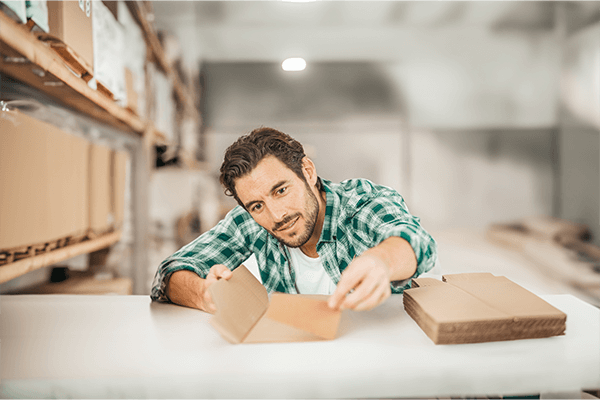Folding cartons are a vital part of product packaging, offering versatility, durability, and cost-effectiveness. They are widely used across industries such as food, cosmetics, pharmaceuticals, and retail. A well-designed folding carton not only protects the product but also enhances its visual appeal, reinforcing brand identity. Choosing the right carton manufacturer ensures high-quality materials and printing techniques, making your packaging both functional and aesthetically pleasing. This article provides essential tips for designing and using folding cartons effectively.
1. Prioritize Structural Design
The structural integrity of a folding carton determines its effectiveness. When designing a carton, consider the product’s weight, dimensions, and fragility. A strong yet lightweight material ensures durability while reducing shipping costs. Common folding carton styles include:
- Straight Tuck End (STE) – Ideal for lightweight products like cosmetics and pharmaceuticals.
- Reverse Tuck End (RTE) – Similar to STE but with an alternative flap design for easy closure.
- Crash Lock Bottom (CLB) – Provides added strength, perfect for heavier items.
- Gable Top & Auto Bottom – Used for food and beverage packaging for easy handling.
Choosing the right style ensures your product stays secure while maintaining an attractive shelf presence.
2. Use High-Quality Materials

Material selection plays a crucial role in folding carton functionality. Some popular options include:
- Solid Bleached Sulfate (SBS) – A premium-quality material with a smooth surface ideal for high-end printing and luxury packaging.
- Coated Unbleached Kraft (CUK) – A durable, recyclable material often used for eco-friendly brands.
- Folding Boxboard (FBB) – A lightweight yet strong material with excellent printability.
For sustainable packaging, opt for FSC®-certified paperboards, which ensure responsible sourcing.
3. Consider Printing & Finishing Options
The right printing and finishing techniques can elevate your folding carton’s appeal. Some key options include:
- Offset Printing – Offers high-resolution graphics and sharp details, making it perfect for retail packaging.
- Digital Printing – Cost-effective for short runs, ideal for limited-edition packaging.
- Foil Stamping & Embossing – Adds a premium touch to luxury brands.
- UV Coating & Matte Finishes – Protects the packaging and enhances its look.
Adding windows or die-cuts also improves product visibility, influencing consumer purchasing decisions.
4. Optimize for Branding & Marketing
A well-designed folding carton should communicate your brand identity effectively. Ensure the packaging design aligns with your brand’s color scheme, typography, and messaging. Product packaging is a silent salesperson—invest in attractive graphics, clear labeling, and informative content.
Consider using soy-based inks for vibrant, eco-friendly printing. These inks provide excellent color depth and are safe for food and baby products.
5. Focus on Sustainability
With growing consumer demand for eco-friendly packaging, businesses must adopt sustainable practices. Use:
- Recyclable and biodegradable materials to reduce environmental impact.
- Minimalist designs to cut down on excess material usage.
- Water-based adhesives to ensure the packaging is non-toxic.
Eco-conscious packaging not only appeals to environmentally aware customers but also complies with regulations on sustainable packaging.
6. Ensure Functional Design for End-Users
Consider how customers will interact with your packaging. A user-friendly design enhances customer satisfaction. Some factors to keep in mind:
- Easy-to-open designs prevent frustration and improve the unboxing experience.
- Tamper-evident features ensure product safety, especially for food and pharmaceuticals.
- Resealable options add convenience, particularly for food products.
7. Conduct Prototyping & Testing
Before mass production, it’s essential to test the carton design to ensure functionality and durability. A prototype helps:
- Identify design flaws.
- Test printing quality.
- Check structural integrity during transportation.
Perform drop tests and stacking tests to verify the strength of the packaging under different conditions.
Conclusion
Folding cartons are an essential packaging solution, combining durability, functionality, and branding potential. By focusing on material selection, structural design, sustainable practices, and high-quality printing, businesses can create packaging that enhances customer experience and strengthens brand identity. With the right strategies, your folding carton packaging can be both cost-effective and visually compelling, helping your product stand out in a competitive market.






